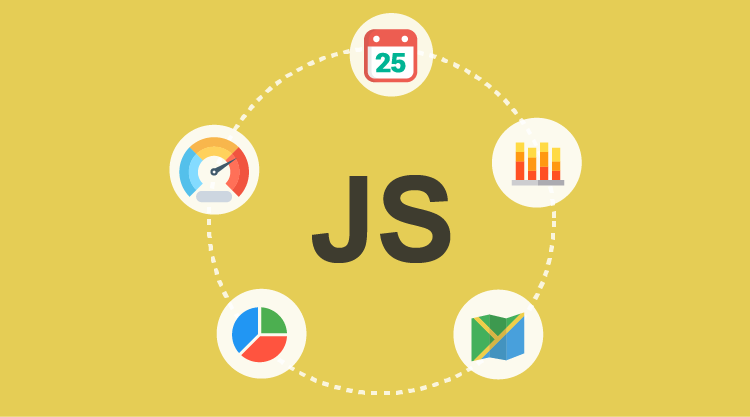Yesterday, we released our first set of client-side controls, Essential Studio® for JavaScript, targeting enterprise developers. With this new suite, we seek to satisfy the stringent requirements of applications that mean serious business—we’re talking about tracking stocks, analyzing expenses, or following a patient’s exercise and diet regimen, for example.
Of the 30 controls we introduced, our JavaScript chart and grid lead the enterprise effort with an expansive set of features. Every aspect of the grid is interactive. End users can manipulate and edit data in countless ways, and there’s even an OLAP version available. The chart control contains so many interactive chart types with such spectacular rendering, you’ll be inspired to express data in ways you never thought of.
This suite is a waypoint for Syncfusion, a marker in its history. We’ve been dedicated to .NET since our inception—which in essence was .NET’s inception as well. As Microsoft moves, we move. Now that Visual Studio supports JavaScript, so do we.
We realize we’re not alone in this progression. Other companies produce client-side controls, and a variety of open-source JavaScript components are already available. What makes ours different from others’ is the orientation around enterprise.
For business apps, you won’t find anything else like it. As with all our products, we’ll add new features and controls every quarter. You’ll also receive exacting support. Anyone who’s worked the open-source angle of JavaScript will appreciate having a dedicated support person to call on.
Currently, the beta version of Essential Studio® for JavaScript is free; I encourage you to download it and see how fast you’ll be building apps. Below, I’ve listed a number of features I think you’ll find unique to Syncfusion. Take a look, and see what you think.
Date picker—Drilling up or down through days, months, years, and even decades.
AutoComplete control—Displaying multiple suggestions and grouping them; data binding with Knockout.js.
Tree view—Using check boxes to select multiple items; dragging items within the same tree, or to different trees.
Tab control—Closing entire tabs and nesting controls within tabs.
Accordion—Nesting accordions within accordions; expanding multiple sections at once.
Splitters—Expanding and collapsing split sections.
Check boxes—Making multiple selections.
Toolbar—Binding to remote and local data.
Dialogs—Opening multiple dialogs.
